The Ultimate Guide to Extruder For Breadcrumb Processing in 2024
Introduction
Extruders for breadcrumb processing play a pivotal role in the food manufacturing industry, particularly in the efficient and precise production of high-quality breadcrumbs. These specialized machines utilize advanced technology to streamline the breadcrumb manufacturing process, ensuring consistency and uniformity in texture and shape. As consumer demand for processed foods continues to rise, the significance of extruders in enhancing production efficiency and meeting stringent quality standards cannot be overstated. In 2024, the evolution of extruder technology is set to further revolutionize breadcrumb processing, offering manufacturers innovative solutions to optimize their operations and maintain competitiveness in the market.
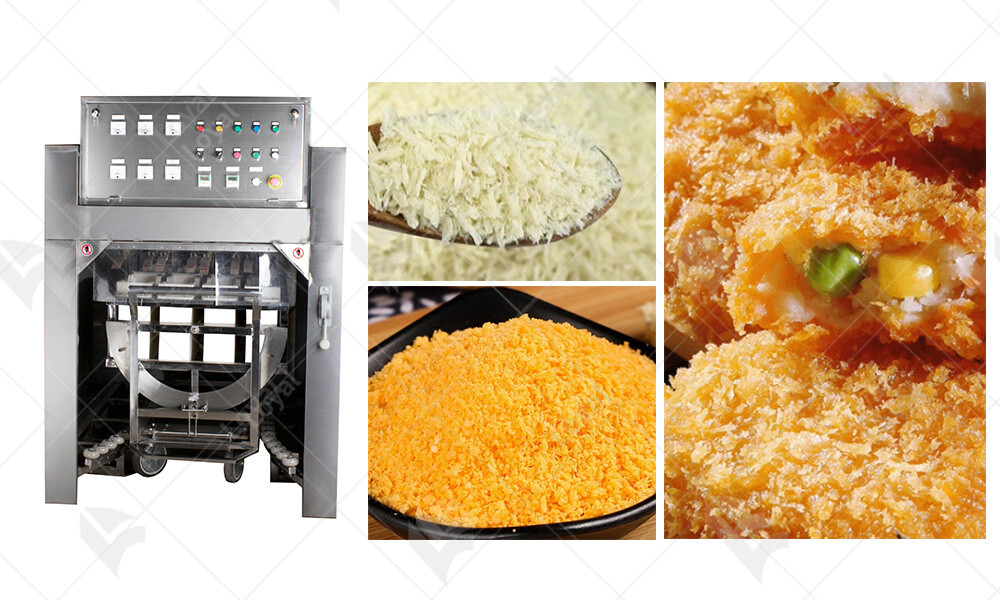
Types of Extruders
Extruders play a pivotal role in the breadcrumb processing industry, offering versatile capabilities tailored to various production needs and specifications.
Single-Screw Extruders:
Single-screw extruders are fundamental in breadcrumb processing due to their simplicity and cost-effectiveness. They excel in handling basic breadcrumb formulations and are suitable for moderate production volumes. These extruders operate by pushing the breadcrumb mixture through a single rotating screw, which applies pressure and heat to achieve the desired texture and consistency.
Twin-Screw Extruders:
Twin-screw extruders are renowned for their superior mixing capabilities and precise control over the extrusion process. They feature two intermeshing screws that rotate in sync, facilitating thorough kneading, blending, and cooking of the breadcrumb mixture. This results in enhanced uniformity of texture and flavor profile, making twin-screw extruders ideal for high-volume production lines and complex breadcrumb formulations.
Specialty Extruders:
In addition to single-screw and twin-screw extruders, specialty extruders are designed to meet specific demands in breadcrumb processing. These include co-extruders for dual-layered breadcrumbs, cold extruders for heat-sensitive ingredients, and high-pressure extruders for dense and compact breadcrumb textures. Specialty extruders cater to niche applications, offering tailored solutions to achieve unique breadcrumb characteristics required by food processors.
Each type of extruder brings distinct advantages to breadcrumb processing, depending on factors such as production scale, ingredient formulation, and desired breadcrumb properties. As technological advancements continue to evolve, extruders will play a crucial role in meeting the growing demand for high-quality breadcrumbs in diverse food applications.
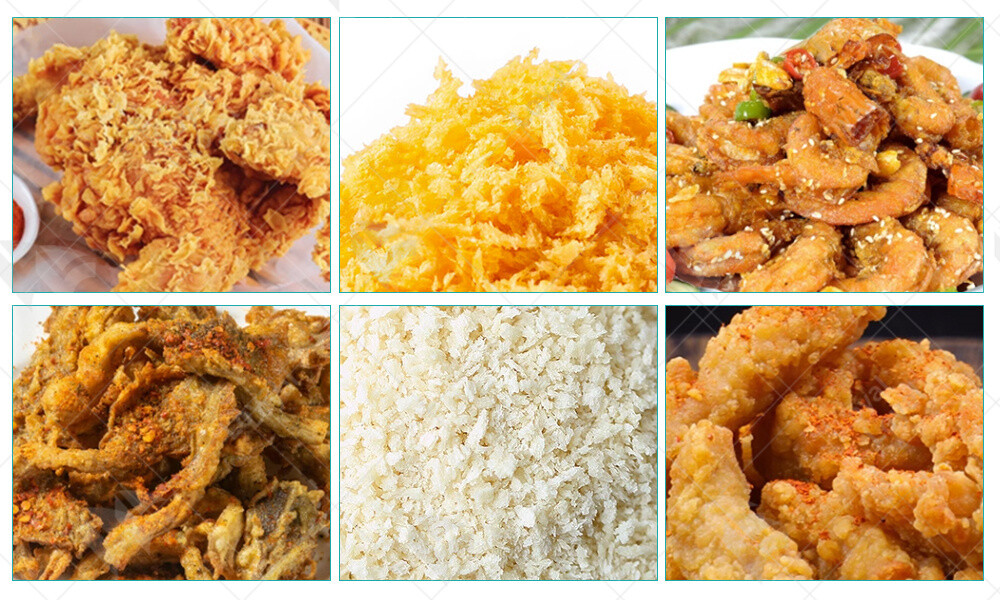
Technological Advancements
In 2024, the field of extruders for breadcrumb processing is witnessing significant technological advancements that are revolutionizing the industry.
Advanced Extruder Designs:
Manufacturers are introducing sophisticated extruder designs that enhance efficiency and precision in breadcrumb processing. These modern extruders incorporate state-of-the-art control systems, allowing operators to fine-tune parameters such as temperature, pressure, and speed for optimal production outcomes.
Integration of Automation and AI:
Automation plays a pivotal role in the latest extruder models, enabling seamless operation and reducing human error. AI algorithms are employed to analyze production data in real-time, optimizing the extrusion process for consistent breadcrumb quality. This integration not only improves efficiency but also enhances product uniformity across batches.
Enhanced Control Systems:
The development of advanced control systems has transformed how extruders operate. These systems offer greater flexibility and responsiveness, adapting quickly to changes in raw material characteristics and production demands. Precise control over extrusion parameters ensures that manufacturers can achieve desired breadcrumb textures and densities with minimal variation.
Innovative Materials and Components:
Extruder manufacturers are experimenting with novel materials and components to improve durability and performance. High-grade stainless steels and wear-resistant alloys are increasingly used in critical parts of extrusion equipment, prolonging lifespan and reducing maintenance downtime. Additionally, innovative screw designs and barrel configurations optimize mixing and extrusion efficiency.
Environmental Considerations:
There is a growing emphasis on sustainability in extruder technology. Manufacturers are developing energy-efficient models that reduce power consumption during operation. Additionally, advancements in waste management systems within extruders minimize material wastage, aligning with global initiatives for sustainable manufacturing practices.
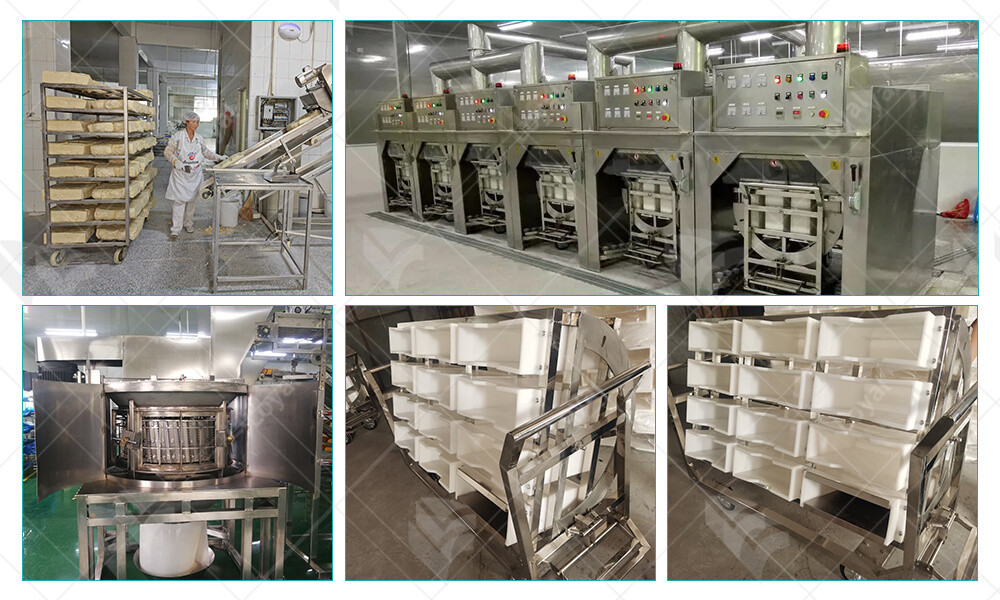
Components and Operation
Below is a concise breakdown of the components and operation of an extruder used in breadcrumb processing:
| Component | Description |
| Hopper | Holds raw ingredients such as flour, water, and seasonings, feeding them into the extruder. |
| Screw(s) | Single or twin screws that rotate to transport and compress the ingredients through the barrel. |
| Barrel | Long cylindrical chamber where the screw(s) operate, heating and mixing ingredients thoroughly. |
| Die | Shaped orifice through which the extruded breadcrumb mixture passes, determining final shape. |
| Cutter | Blade or knife that cuts the extruded mixture into desired breadcrumb lengths. |
| Cooling System | Cools and solidifies the extruded breadcrumb strands after cutting to prevent sticking or clumping. |
| Control Panel | Interface for operators to monitor and adjust parameters such as temperature, speed, and pressure. |
Understanding these components is crucial for optimizing the performance and efficiency of an extruder in breadcrumb processing. Each component plays a vital role in ensuring consistent quality and throughput of breadcrumb production.
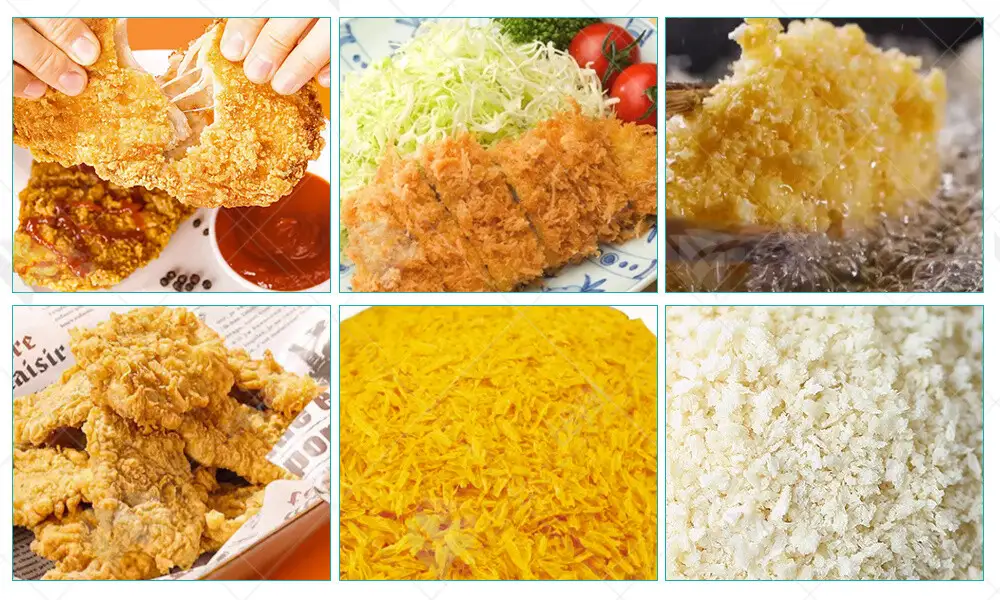
Benefits of Using Extruders
| Benefit | Description |
| Increased Production Efficiency | Extruders streamline the breadcrumb production process, enhancing throughput and reducing production time. |
| Consistent Product Quality | Provides uniform breadcrumb texture and shape, ensuring consistency in product appearance and performance. |
| Cost-Effectiveness | Reduces operational costs through efficient use of raw materials and energy, lowering overall production expenses. |
| Versatility in Applications | Enables production of various breadcrumb sizes, shapes, and textures, catering to diverse culinary and industrial needs. |
| Reduced Wastage | Minimizes waste by optimizing ingredient utilization and precision in extrusion, aligning with sustainable manufacturing practices. |
This table succinctly highlights the key benefits of utilizing extruders for breadcrumb processing, emphasizing their efficiency, consistency, cost-effectiveness, versatility, and contribution to waste reduction.
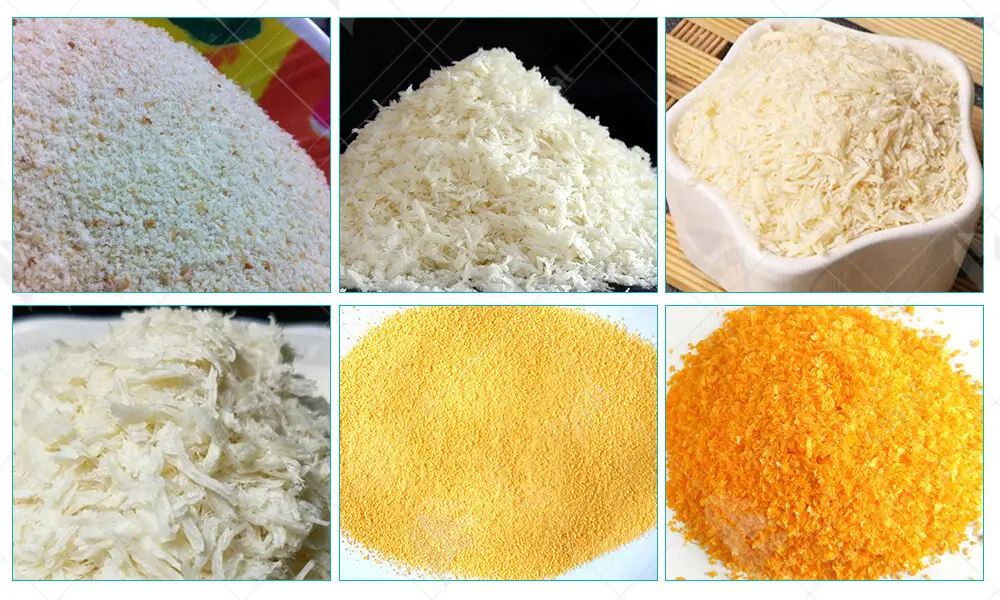
Market Trends and Demand
In 2024, the market trends for Extruders For Breadcrumb Processing indicate significant advancements and growing demand within the food processing industry.
Technological Advancements:
Extruder technology continues to evolve, driven by innovations in automation and digitalization. Manufacturers are integrating AI algorithms into extrusion systems to optimize production processes and enhance product consistency. These advancements not only improve efficiency but also reduce operational costs over time.
Demand Growth:
There is a noticeable increase in demand for extruders designed specifically for breadcrumb processing. This demand is fueled by the rising consumption of processed foods globally, where breadcrumbs are essential for coatings, fillings, and texture enhancement. Manufacturers are responding by developing versatile extruders capable of producing various breadcrumb sizes and textures to meet diverse market needs.
Regional Market Dynamics:
The market for extruders varies regionally, influenced by economic factors, technological adoption rates, and regulatory environments. Developed regions like North America and Europe are leading in terms of technological innovation and adoption of advanced extrusion systems. Meanwhile, emerging markets in Asia-Pacific and Latin America are experiencing rapid growth due to increasing industrialization and food production capabilities.
Customization and Flexibility:
Customers are increasingly seeking customizable extrusion solutions that can adapt to their specific production requirements. Manufacturers are focusing on offering modular extruder designs that allow for easy customization of components and features. This flexibility not only enhances operational efficiency but also ensures that extruders can cater to a wide range of food processing applications beyond breadcrumb production.
Sustainability Concerns:
Environmental sustainability is becoming a critical factor in the selection of extrusion equipment. Manufacturers are investing in energy-efficient technologies and exploring sustainable materials for construction. Additionally, there is a growing emphasis on waste reduction and recycling within the extrusion process, aligning with global sustainability goals.
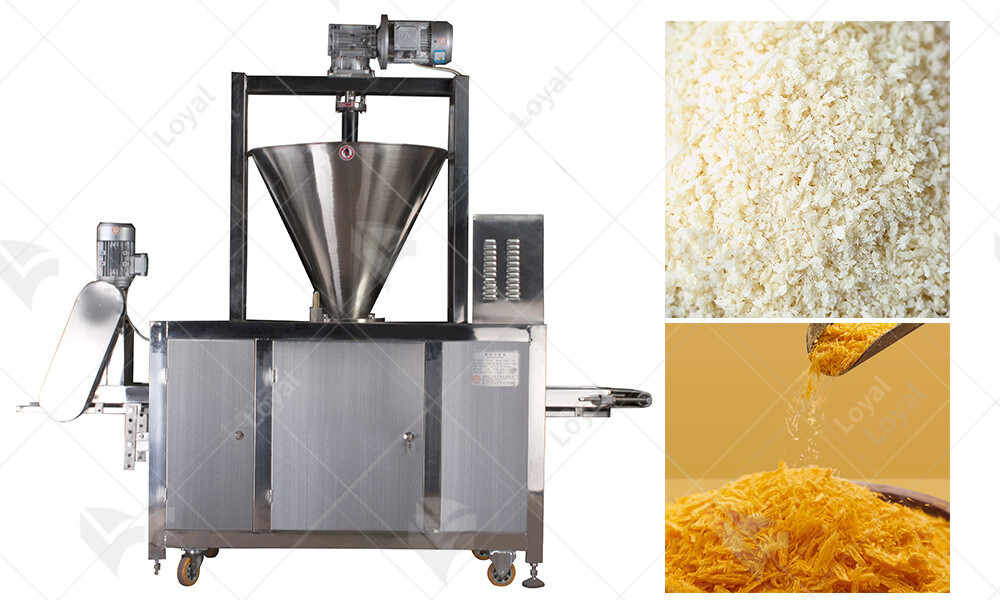
Regulatory Considerations
Regulatory considerations play a crucial role in the development and operation of Extruders for Breadcrumb Processing in 2024. As these machines are integral to the food processing industry, they must adhere to stringent standards to ensure food safety and quality.
Compliance with Food Safety Standards: Extruders used for breadcrumb processing must comply with various food safety regulations imposed by governmental bodies and international standards organizations. These regulations typically govern aspects such as materials used in construction, hygiene practices during manufacturing, and the overall safety of the end product.
Certification Requirements: Manufacturers of extruders need to obtain certifications that validate their compliance with regulatory standards. Certifications such as ISO 22000 for food safety management systems and CE marking for conformity with European Union directives are commonly sought after. These certifications assure customers and regulatory authorities that the equipment meets established safety and quality benchmarks.
Impact on Design and Operation: Regulatory requirements influence the design and operation of extruders. Manufacturers must incorporate features that facilitate easy cleaning and maintenance to prevent cross-contamination and ensure food safety. Additionally, control systems and software used in extruders may need to comply with specific regulatory guidelines to monitor and record critical parameters during production.

Environmental and Sustainability Practices
When discussing the environmental and sustainability practices related to extruders for breadcrumb processing, several key aspects come into play that underline the industry's commitment to reducing its environmental footprint.
1. Energy Efficiency:
Extruders used in breadcrumb processing are increasingly designed to optimize energy consumption. Modern extruder models utilize advanced heating and cooling systems that minimize energy wastage during operation. This not only lowers operational costs but also reduces the overall carbon footprint of breadcrumb production facilities.
2. Waste Reduction:
Manufacturers of extruders for breadcrumb processing are focusing on reducing waste generation throughout the production process. Innovative designs and technologies are implemented to ensure minimal raw material loss during extrusion. Moreover, extrusion processes are engineered to produce consistent and uniform breadcrumbs, thereby minimizing rejects and enhancing overall production efficiency.
3. Sustainable Materials:
There is a growing trend towards using sustainable materials in the construction of extruders. Manufacturers are exploring eco-friendly alternatives for components and parts, aiming to decrease reliance on non-renewable resources. Additionally, the use of recyclable materials in extruder manufacturing is becoming more prevalent, aligning with global sustainability goals and regulations.
4. Water Conservation:
Water is a vital resource in breadcrumb processing, particularly in the cleaning and maintenance of equipment. Manufacturers are developing extruder systems that incorporate water-saving technologies, such as closed-loop systems and efficient cleaning protocols. These innovations not only conserve water but also contribute to operational efficiency and sustainability.
5. Emissions Control:
Controlling emissions from breadcrumb processing operations is critical to mitigating environmental impact. Extruder manufacturers are implementing emission control technologies and practices to minimize air pollutants and greenhouse gas emissions. This includes the adoption of emission reduction systems and adherence to strict environmental regulations.
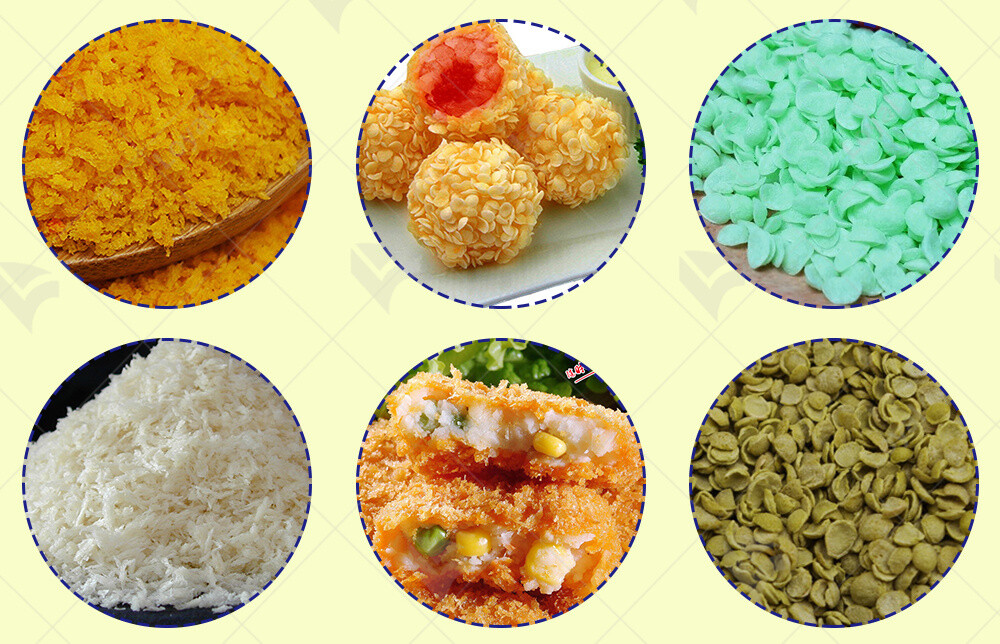
Future Outlook
Looking forward to 2024, the future of Extruders for Breadcrumb Processing appears promising with several key advancements and trends shaping the industry.
Technological Advancements:
In the coming years, we can anticipate significant advancements in extruder technology tailored specifically for breadcrumb processing. Manufacturers are expected to integrate more sophisticated automation features into extruders, enhancing their efficiency, precision, and operational flexibility. This will allow for greater control over the texture, shape, and size of breadcrumbs produced, catering to diverse consumer demands in the food industry.
Sustainability Initiatives:
There will be an increasing emphasis on sustainability within the extrusion industry. Manufacturers will continue to adopt eco-friendly practices in both machine design and operational processes. This includes improvements in energy efficiency, waste reduction strategies, and the use of biodegradable materials in extruder components. Such initiatives not only support environmental conservation efforts but also contribute to enhancing the overall reputation and appeal of extruders in the global market.
Market Expansion:
The market for extruders used in breadcrumb processing is projected to expand globally. Emerging economies in Asia-Pacific, Latin America, and Africa are expected to witness heightened demand for advanced extrusion technologies as they seek to modernize their food processing capabilities. This expansion presents manufacturers with opportunities to explore new markets, forge strategic partnerships, and diversify their product offerings to meet region-specific regulatory requirements and consumer preferences.
Innovation in Product Applications:
Innovative applications of extruders beyond traditional breadcrumb production are anticipated. Manufacturers may develop specialized extrusion systems capable of producing enhanced breadcrumb textures for use in premium food products, such as gourmet snacks, frozen foods, and convenience meals. Moreover, advancements in extruder technology may lead to the creation of novel breadcrumb variants that offer unique flavors, nutritional benefits, and functional properties, thereby driving further market growth and consumer adoption.
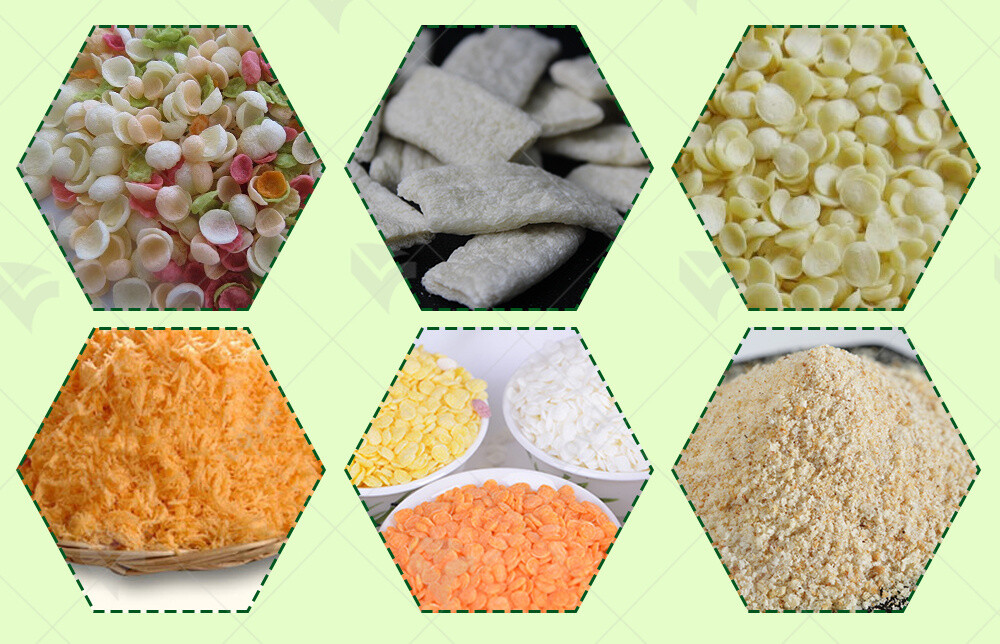
References
Here are some authoritative international websites for academic literature focused on industrial food machinery and food engineering:
1. ScienceDirect
Website: https://www.sciencedirect.com/
2. SpringerLink
Website:https://link.springer.com/
3. Wiley Online Library
Website:https://onlinelibrary.wiley.com/
4. PubMed
Website: https://pubmed.ncbi.nlm.nih.gov/
5. Taylor & Francis Online
Website:https://www.tandfonline.com/












